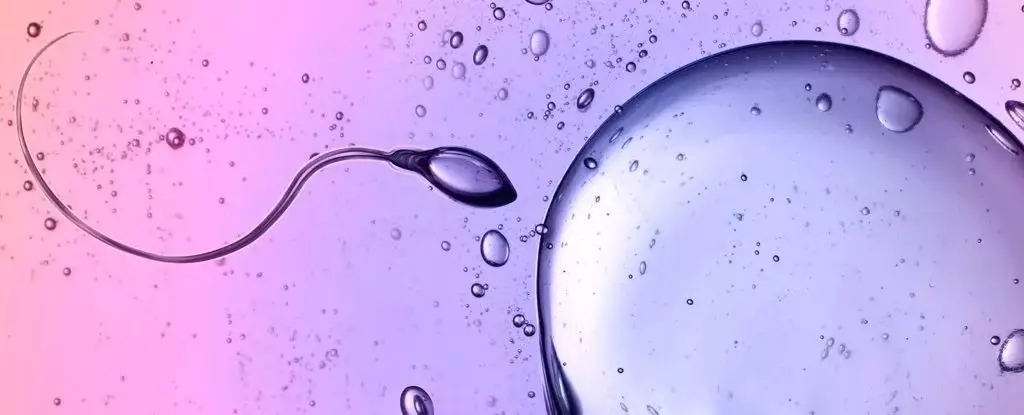Advancements in biological research frequently reveal insights that challenge our traditional understanding of physical laws. A captivating exploration by Kenta Ishimoto and his team from Kyoto University sheds light on the enigmatic propulsion methods utilized by human sperm and single-celled organisms, specifically algae. Their latest study not only highlights the complexities of microscopic movement but also calls into question the applicability of Newton’s third law of motion within biological systems.
In the grand scheme of physics, Newton’s third law dictates that every action incites an equal and opposite reaction. For macroscopic entities like marbles or sports balls, this law is universally applicable and easy to observe. However, Ishimoto’s research points to fascinating anomalies observed when analyzing the movements of microscopic entities such as sperm and Chlamydomonas, a type of green algae. These tiny swimmers operate within viscous environments—substances known for their resistance to motion—yet exhibit remarkable propulsion that seemingly evades conventional physical principles.
The study, published in October 2023, investigates how these biological entities ‘slither’ through these dense fluids, challenging the predictive power of Newton’s laws at the microscopic level. As sperm propel themselves with whip-like tails, one can’t help but marvel at how they navigate through evolutionary hurdles posed by viscosity. The findings indicate that rather than conforming to equilibrium dictated by classical mechanics, the locomotion of sperm and algae involves complex dynamics that fall outside the typical symmetry expected in traditional physics.
Non-Reciprocal Interactions in Biological Systems
One of the key findings of Ishimoto and his colleagues is the notion of non-reciprocal interactions, a scientific term that encapsulates the nuanced behaviors exhibited by microscopic swimmers. These interactions are characterized by asymmetry; they reveal that actions taken by these organisms do not elicit balanced reactions in their environments. Notably, the sperm’s and algae’s movements showcase how the energies they generate are not simply balanced by opposing forces, but rather add a unique dimension to the surrounding fluid dynamics.
This divergence from traditional physics is most apparent in how these cells harness energy to produce movement. Birds, similarly to sperm, generate kinetic energy through flapping or tail movements, and occupy their own spatial dynamics. The elasticity of flagella in sperm and algae allows them to effectively navigate sticky environments without succumbing to the dampening forces of viscosity. The discovery of ‘odd elasticity’ in their tails points to a sophisticated adaptation, further enhancing their rotational and wave-like motions while retaining efficiency.
The implications of Ishimoto’s research extend beyond the realm of biology; they provoke exciting prospects for technological advancement. For instance, understanding the peculiar swimming mechanics of these organisms could guide the design of miniature robots designed to mimic biological behaviors. In fields such as medicine, these bio-inspired robots could revolutionize drug delivery systems, navigating through bodily fluids to target specific cells with accuracy and efficiency.
Moreover, the introduction of a new term, ‘odd elastic modulus,’ as derived from their models advances foundational knowledge regarding internal interactions of flagella. This not only provides further clarity to the study of microscopic life but also paves the way for enhanced modeling techniques that may be applied across various scientific disciplines, potentially contributing to advancements in biophysics and collective behavior studies.
The exploration of sperm and algae motion by Kenta Ishimoto and his collaborators introduces a refreshing perspective on what drives microscopic life. Their findings uncover a layer of complexity in movement that challenges established physical laws and invites further inquiry into the chaotic mechanisms underlying biological propulsion. As we deepen our understanding of such non-reciprocal interactions, we unearth profound implications not only for biology but also for innovations that can reshape technology. This research exemplifies the beauty of science—an endless pursuit to comprehend and adapt nature’s remarkable designs.



Leave a Reply